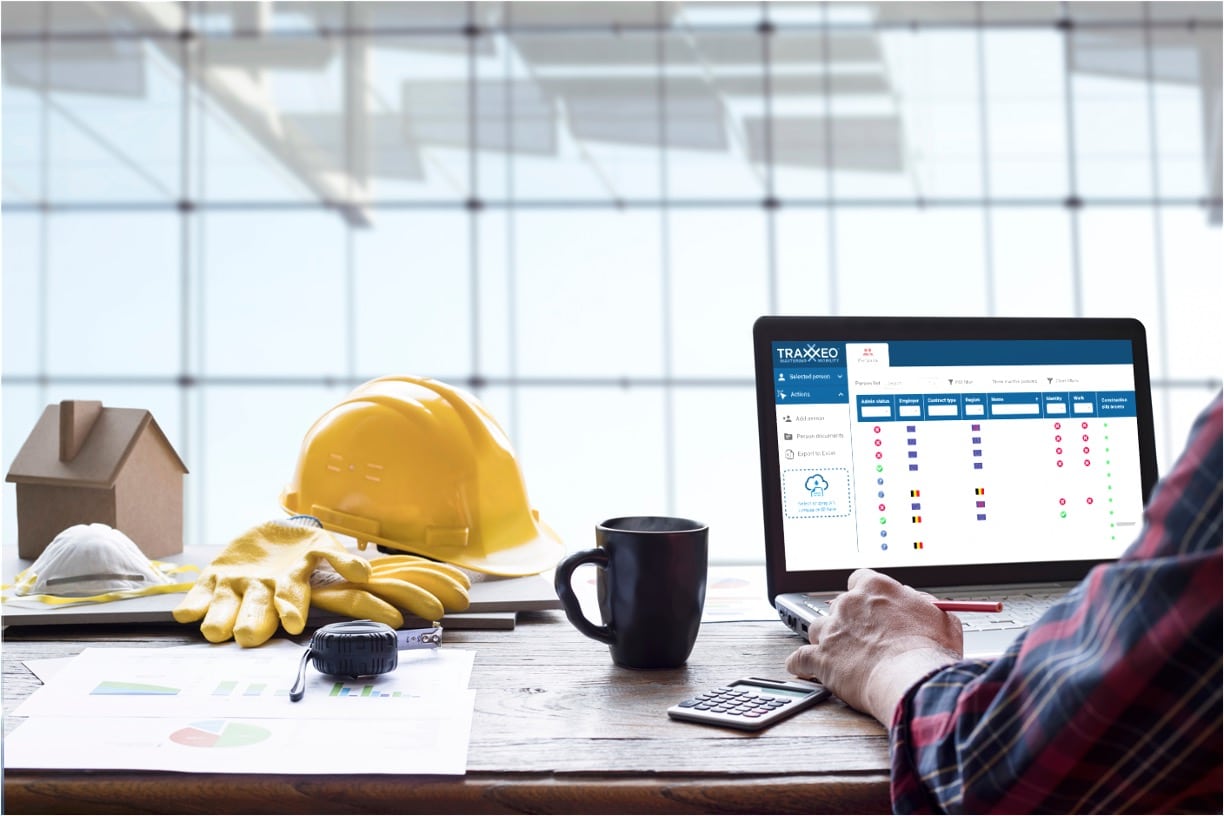Raise Your Task Management: Construction Document Management Equipment You Required
Raise Your Task Management: Construction Document Management Equipment You Required
Blog Article
Optimizing Job Collaboration: Designer's Best Practices in Building And Construction Record Monitoring
In the intricate realm of architectural projects, the efficient monitoring of construction files stands as a cornerstone for success. Among this intricacy lies a crucial question: just how can designers simplify cooperation procedures to enhance project outcomes?
Leveraging Cloud-Based Platforms
Leveraging cloud-based systems is a fundamental strategy for modern-day engineers in maximizing construction paper administration processes. By transitioning from conventional paper-based systems to cloud solutions, designers can enhance partnership, enhance record accessibility, and boost overall task efficiency. Cloud-based systems offer architects the capacity to shop, share, and update building and construction documents in real-time, making certain that all employee have accessibility to the most present details no matter of their location. This accessibility advertises seamless interaction and sychronisation amongst job stakeholders, leading to less errors and hold-ups in the building process.
Furthermore, cloud-based platforms provide a safe and secure setting for saving delicate task info, offering file encryption, regular backups, and user permission settings to secure data honesty. Engineers can also gain from the scalability of cloud options, enabling them to readjust storage capability and performance based upon project demands. On the whole, leveraging cloud-based systems equips architects to enhance their construction record management processes, driving higher collaboration, effectiveness, and success in their projects.
Applying Version Control Solution
Having actually developed the benefits of cloud-based platforms in building and construction document administration, designers can currently improve their record control procedures by executing Version Control Systems. Variation Control Systems (VCS) are necessary tools that track modifications in files, making certain that group participants are always dealing with the newest and most precise info. By implementing VCS, engineers can maintain a central repository where all project papers are stored, making it possible for smooth cooperation while minimizing the danger of mistakes and variation disputes.
One key advantage of Variation Control Equipment is the capability to track the complete background of paper changes, enabling customers to change to previous variations if required (construction document management). This function is especially important in construction jobs where style models and adjustments prevail. VCS facilitates far better communication among group participants by offering a clear audit trail of who made certain modifications and when they were made. This transparency not only improves responsibility yet additionally helps in settling conflicts or discrepancies that may arise during the project lifecycle.
Developing Communication Methods
To make sure reliable and efficient task coordination, architects have to develop clear and durable communication protocols within their construction record monitoring processes. This platform might be a task management software program, email strings, or cloud-based storage space solutions.
Additionally, communication methods should additionally consist of standards on how to deal with conflicts, modification orders, and urgent issues that might arise throughout the project lifecycle. Developing a structured strategy to communication makes sure that all stakeholders are on the exact same page, advertises transparency, and inevitably contributes to the effective completion of the building and construction project.
Utilizing BIM Software for Coordination
BIM software plays a crucial duty in improving coordination among job staff member in the building sector. Structure Info Modeling (BIM) promotes collaboration by giving a central platform where engineers, engineers, professionals, and various other stakeholders can interact in a coordinated way. Through BIM software application, job individuals can access and upgrade a common model which contains thorough info regarding the structure design, building components, and job timetables.

Moreover, BIM software application allows real-time cooperation and interaction among staff member, despite their physical area. With cloud-based BIM systems, project stakeholders can access the current job info, track changes, and make informed decisions promptly. In general, leveraging BIM software program for coordination improves job effectiveness, productivity, and inevitably results in effective job outcomes.
Ensuring Data Security and Conformity
In the realm of construction file management, safeguarding data integrity and guaranteeing governing compliance are vital factors to consider for architects and various other project stakeholders. Designers have to implement robust security actions to shield delicate project info from unauthorized gain access to or violations. Using safe cloud storage space services with security procedures and accessibility controls can assist mitigate threats connected with information theft or loss. Consistently updating software program and systems, conducting protection audits, and providing personnel training on information protection ideal methods are essential action in preserving a safe and secure environment for building and construction record management.

Final Thought
To conclude, architects find can optimize job partnership in building document monitoring by leveraging cloud-based systems, applying variation control systems, developing interaction procedures, making use of BIM software for coordination, and making certain data security and compliance. These finest practices aid improve the building process, enhance interaction amongst job stakeholders, and improve efficiency in project distribution. By adhering to these standards, designers can efficiently handle construction papers and promote effective task outcomes.
With BIM software application, project participants can access and update a shared version that includes thorough information concerning the building design, building parts, and task routines.
Through cloud-based BIM platforms, project stakeholders can access the latest job info, track modifications, and make notified choices without delay - construction document management. Overall, leveraging BIM software program for coordination boosts job effectiveness, efficiency, and eventually leads to successful project outcomes
In conclusion, engineers can enhance project cooperation in building and construction paper monitoring by leveraging cloud-based platforms, applying variation control systems, establishing communication protocols, making use of BIM software for sychronisation, and making sure data safety and security and compliance. These finest methods help enhance the construction procedure, improve communication amongst job stakeholders, and enhance effectiveness in task distribution.
Report this page